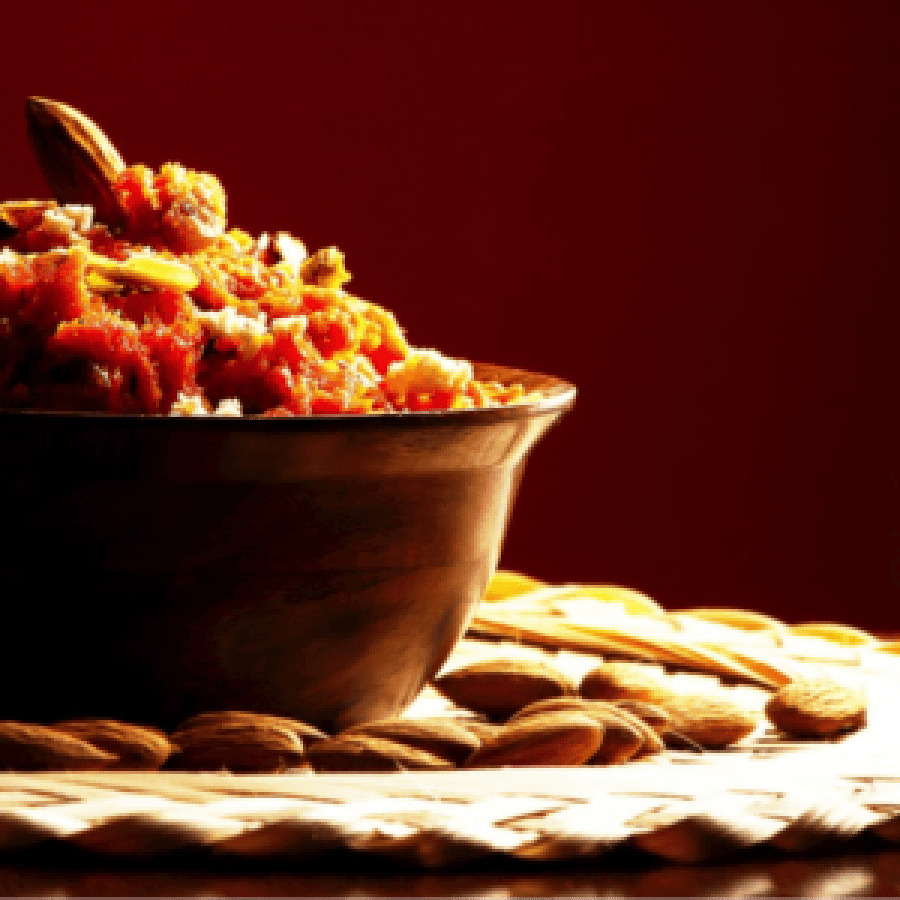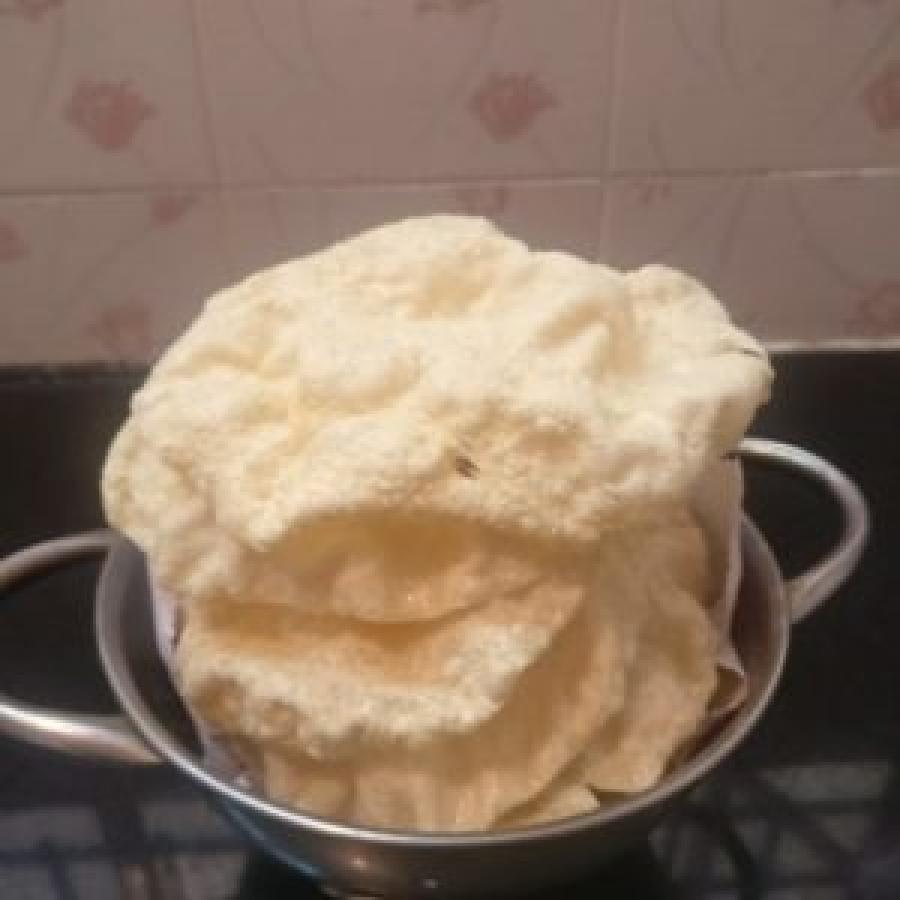If you have eaten a traditional Indian meal at weddings or festivals, you’ll know that a tiny portion of payasam is always served first, and then we get spicy foods to eat. After all other items are consumed, we’re offered dessert again. We’ve inherited this system from our ancestors, who always had a scientific reasoning for everything they did. So let’s see what our ancients’ reasoning was, and if they’re right, shall we? Here’s What Ayurveda Tells Us Reason 1: The tradition of serving that tiny portion of payasam at the beginning is to titillate our taste buds and get the saliva flowing. This helps the stomach to prepare for the meal. One of the main texts of Ayurveda, the Sushruta Samhita has a chapter dealing with the order of tastes in a meal. According to it, meals must begin with a tiny portion of sweet at the outset, followed by something sour and salty, then by pungent, bitter and astringent foods. The last item should be sweet again, to soothe the stomach’s lining. Eating a tiny bit of sweet at the beginning also helps to control Vayu, or wind in the stomach. The salty tastes stimulate the digestive juices in the small intestine. The pungent, bitter, and astringent tastes subdue kapha dosh (earth) Reason 2: Spicy foods really get to work when they reach our bellies. Sharp digestive juices and acids are created in response, and the digestion process begins in earnest. These digestive juices ensure that we digest everything we eat after the initial spicy dish. On the other hand, dessert items contain sugar and carbohydrates. If we begin our meals with sweets, pretty soon we’ll feel sluggish and full. This feeling of sluggishness comes from our digestive process, which slows down. This is the main reason why we begin meals with spicy foods and not sugary items.

Reason 3: Sugar increases the absorption of the amino acid tryptophan, which increases serotonin levels in our brains. Serotonin is a neurotransmitter which causes feelings of satisfaction and well-being. This feeling is what we need to experience at the end of the meal, to feel satiated. The tiny portion of payasam in the beginning ensures that you start feeling good, and that you look forward to the rest of the meal. If we eat sweets first, we won’t bother with the rest of the meal, which means our bodies get cheated of the necessary nutrients. Reason 4: By the time we near the end of the meal we won’t have much appetite for sweets. This means we eat less of the sweets, which keeps us healthy. People are usually hungry at the beginning of the meal; so if they’re allowed to eat sweets first, it’s likely they’ll eat more than they should. This increases their overall sugar intake in the long run, increasing the risk of obesity and related medical disorders. Now that you know the reasons behind the structure of the traditional Indian meal, see if you can follow it at home. Prepare dishes that contain all the tastes indicated in Sushruta Samhita for a balanced and healthy life.




Leave a comment
All comments are moderated before being published.
This site is protected by hCaptcha and the hCaptcha Privacy Policy and Terms of Service apply.